Home>Gardening & Outdoor>Landscaping Ideas>When To Use Weed Killer On New Grass
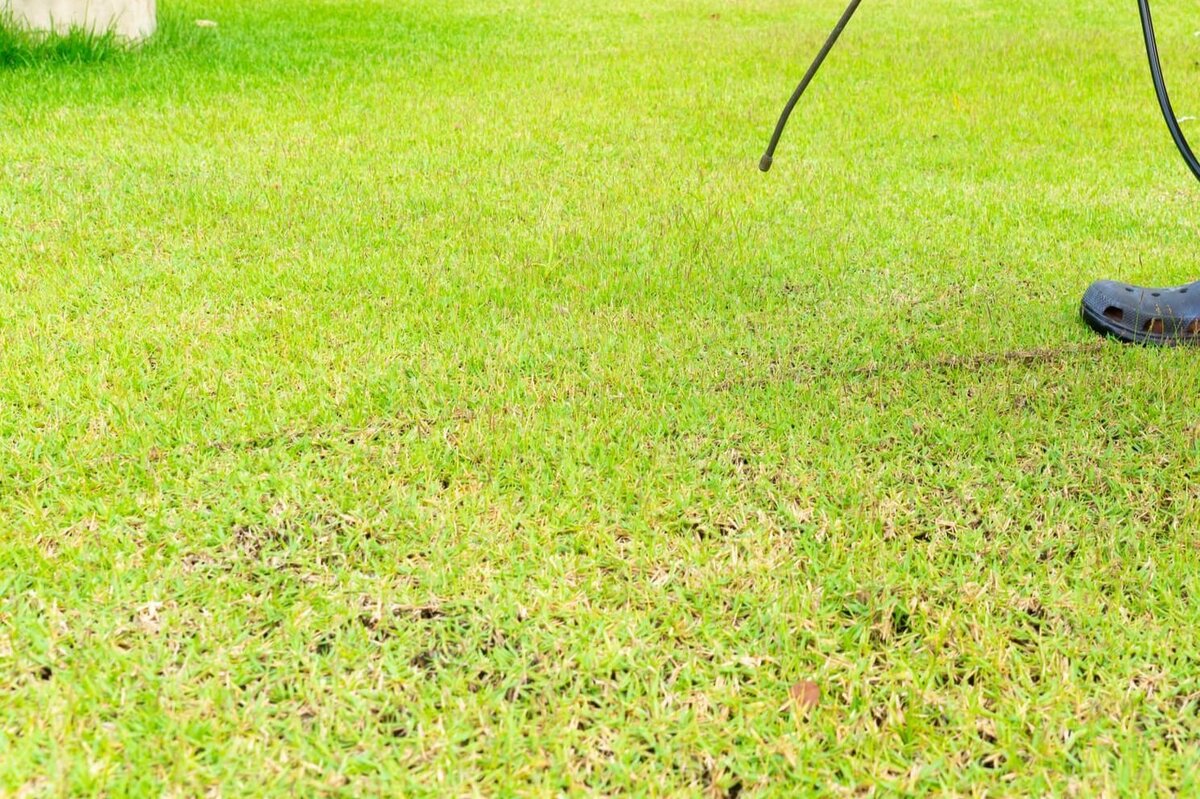

Landscaping Ideas
When To Use Weed Killer On New Grass
Modified: February 18, 2024
Learn the best landscaping ideas for when to use weed killer on new grass. Discover effective strategies for maintaining a healthy lawn.
(Many of the links in this article redirect to a specific reviewed product. Your purchase of these products through affiliate links helps to generate commission for Storables.com, at no extra cost. Learn more)
Introduction
When it comes to cultivating a lush and vibrant lawn, the battle against weeds can be a significant challenge. While there are various methods to combat these pesky intruders, the use of weed killer is a popular and effective approach. However, the timing of applying weed killer, especially on new grass, is crucial to ensure the health and longevity of your lawn.
In this comprehensive guide, we will delve into the intricacies of using weed killer on new grass, providing valuable insights and practical tips to help you maintain a weed-free and thriving lawn. Understanding the nuances of weed killers, determining the optimal timing for application, and considering essential factors will all be explored to empower you with the knowledge needed to make informed decisions for your lawn care regimen.
Whether you are a seasoned lawn care enthusiast or a novice homeowner embarking on your first landscaping project, this guide aims to equip you with the expertise to navigate the complexities of weed control and new grass maintenance. Let's embark on this enlightening journey to uncover the best practices for utilizing weed killer on new grass, thereby fostering a verdant and flourishing lawn that enhances the beauty of your outdoor space.
Key Takeaways:
- Timing is crucial when using weed killer on new grass. Wait until the grass has matured and the weather is moderate to avoid harming the lawn.
- Consider factors like grass maturity, weather, and weed species when applying weed killer. Responsible use can effectively manage weeds while preserving lawn health.
Read more: When To Use Weed And Feed On New Grass
Understanding Weed Killers
Weed killers, commonly known as herbicides, are chemical formulations designed to control, suppress, or eradicate unwanted plants, commonly referred to as weeds. These products are available in various formulations, each targeting specific types of weeds and exhibiting distinct modes of action. Understanding the different categories of weed killers is essential for selecting the most suitable option for your lawn.
There are two primary classifications of weed killers: selective and non-selective. Selective herbicides are formulated to target specific types of weeds while minimizing harm to desirable plants, such as grass. These products are ideal for lawns as they can effectively combat weeds without jeopardizing the health of the surrounding grass. On the other hand, non-selective herbicides are designed to eradicate a broad spectrum of plants, including both weeds and desirable vegetation. While non-selective herbicides are valuable for clearing areas devoid of desired plants, they must be used with caution to prevent damage to new grass and other ornamental plants.
Furthermore, weed killers are categorized based on their mode of action, which refers to the mechanism through which they disrupt the growth or physiological processes of plants. Some herbicides inhibit the growth of weeds by interfering with their cell division, while others disrupt essential metabolic pathways, leading to the eventual demise of the targeted plants. Understanding the mode of action of a weed killer is crucial for assessing its potential impact on new grass and determining the appropriate timing for application.
It is important to note that while weed killers can be highly effective in controlling unwanted vegetation, responsible and judicious use is imperative to safeguard the environment and prevent unintended harm to beneficial plants and organisms. By comprehending the diverse types and mechanisms of action of weed killers, you can make informed choices when selecting and applying these products to maintain a healthy and vibrant lawn.
When to Apply Weed Killer on New Grass
Determining the optimal timing for applying weed killer on new grass is a critical consideration that directly impacts the efficacy of the treatment and the overall health of your lawn. New grass, particularly during the initial stages of establishment, is more sensitive and vulnerable to external stressors, including herbicide applications. To ensure the successful integration of weed killer into your lawn care routine, it is essential to adhere to specific guidelines regarding the timing of application.
For newly seeded or sodded lawns, it is generally advisable to refrain from applying weed killer until the grass has established a robust root system and exhibited substantial growth. This typically corresponds to waiting until the new grass has been mowed at least three to four times, indicating that it has reached a sufficient level of maturity and resilience. Premature application of herbicides on nascent grass can impede its development and compromise its ability to withstand the chemical treatment, potentially leading to stunted growth and patchy areas in the lawn.
Furthermore, considering the seasonal aspect is pivotal when determining the appropriate timing for weed killer application on new grass. Ideally, it is recommended to apply herbicides during periods of active weed growth, typically in the spring or fall, when weeds are actively flourishing and susceptible to the effects of the treatment. However, it is crucial to verify the compatibility of the selected herbicide with the specific type of grass in your lawn, as certain varieties may have distinct sensitivities to herbicides based on their growth patterns and seasonal behaviors.
Another factor to consider when deciding when to apply weed killer on new grass is the weather conditions. It is advisable to avoid applying herbicides during periods of extreme heat or drought, as these environmental stressors can exacerbate the impact of the chemical treatment on the grass, potentially leading to undesirable outcomes. Opting for a time when the weather is moderate and conducive to plant growth can help mitigate the risks associated with herbicide applications on new grass.
By adhering to these guidelines and exercising prudence in timing the application of weed killer on new grass, you can effectively manage weed infestations while safeguarding the health and vitality of your lawn, nurturing a verdant and resilient landscape that enhances the aesthetic appeal of your outdoor environment.
Wait until the new grass has been mowed at least 3 times before using weed killer. This allows the grass to establish strong roots and reduces the risk of damage from the weed killer.
Factors to Consider
When contemplating the application of weed killer on new grass, several crucial factors warrant careful consideration to ensure the efficacy of the treatment and the preservation of the grass’s health. By attentively evaluating these factors, you can make informed decisions and implement appropriate measures to optimize the outcomes of the herbicide application while safeguarding the well-being of your lawn.
- Grass Maturity: The developmental stage of the new grass is a pivotal factor in determining the suitability of applying weed killer. It is imperative to allow the grass to establish a robust root system and attain a certain level of maturity before subjecting it to herbicide treatments to mitigate the risk of adverse effects on its growth and vitality.
- Weather Conditions: The prevailing weather conditions play a significant role in the success of weed killer applications. Opting for a period when the weather is moderate, with adequate moisture and minimal stressors such as extreme heat or drought, can minimize the potential impact of the herbicide on the new grass, enhancing the overall efficacy of the treatment.
- Compatibility with Grass Type: Different types of grass may exhibit varying sensitivities to specific herbicides. It is essential to ascertain the compatibility of the selected weed killer with the type of grass in your lawn to avoid inadvertently causing harm to the grass while targeting weeds.
- Weed Species and Growth Stage: Identifying the types of weeds infesting the lawn and considering their growth stage is crucial for selecting the appropriate herbicide and determining the optimal timing for application. Certain herbicides may be more effective against specific weed species at particular stages of growth, influencing the timing of treatment.
- Application Method: The method of applying weed killer, such as spraying or spot-treating, can impact its interaction with the new grass. Employing precision in the application process and avoiding oversaturation of the grass can help minimize the risk of unintended damage while effectively targeting weeds.
- Post-Treatment Care: Implementing appropriate post-treatment care practices, such as providing adequate irrigation and monitoring the lawn for signs of stress or adverse reactions, is essential for supporting the recovery of the grass and maximizing the efficacy of the weed killer while minimizing potential setbacks.
By meticulously considering these factors and integrating them into your decision-making process, you can navigate the complexities of applying weed killer on new grass with prudence and foresight, fostering a healthy and resilient lawn that is free from invasive weeds and conducive to thriving vegetation.
Conclusion
Embarking on the journey of nurturing a new lawn involves a myriad of considerations, and effectively managing weed infestations is a pivotal aspect of maintaining its health and beauty. By gaining a comprehensive understanding of weed killers and their implications for new grass, as well as discerning the optimal timing and essential factors to contemplate, you can navigate the complexities of weed control with confidence and expertise.
When contemplating the utilization of weed killer on new grass, it is imperative to approach the process with a blend of prudence, knowledge, and consideration for the unique characteristics of your lawn. By recognizing the sensitivity of new grass and the potential implications of herbicide applications, you can make informed decisions that align with the overarching goal of fostering a thriving and resilient lawn.
Furthermore, integrating responsible and judicious practices into your weed control regimen, such as adhering to recommended timing guidelines, considering the compatibility of herbicides with specific grass types, and prioritizing post-treatment care, can contribute to the successful management of weed infestations while safeguarding the well-being of your lawn.
Ultimately, the application of weed killer on new grass represents a delicate balance between combatting invasive weeds and nurturing the growth of the grass. By leveraging the insights and recommendations outlined in this guide, you are empowered to approach weed control with a holistic perspective, fostering a verdant and inviting landscape that enhances the allure of your outdoor environment.
As you embark on the endeavor of tending to your lawn and navigating the intricacies of weed control, may this guide serve as a valuable resource, equipping you with the knowledge and discernment needed to cultivate a lush and resilient lawn that thrives amidst the challenges of weed infestations, thereby enhancing the beauty and vitality of your outdoor sanctuary.
Frequently Asked Questions about When To Use Weed Killer On New Grass
Was this page helpful?
At Storables.com, we guarantee accurate and reliable information. Our content, validated by Expert Board Contributors, is crafted following stringent Editorial Policies. We're committed to providing you with well-researched, expert-backed insights for all your informational needs.
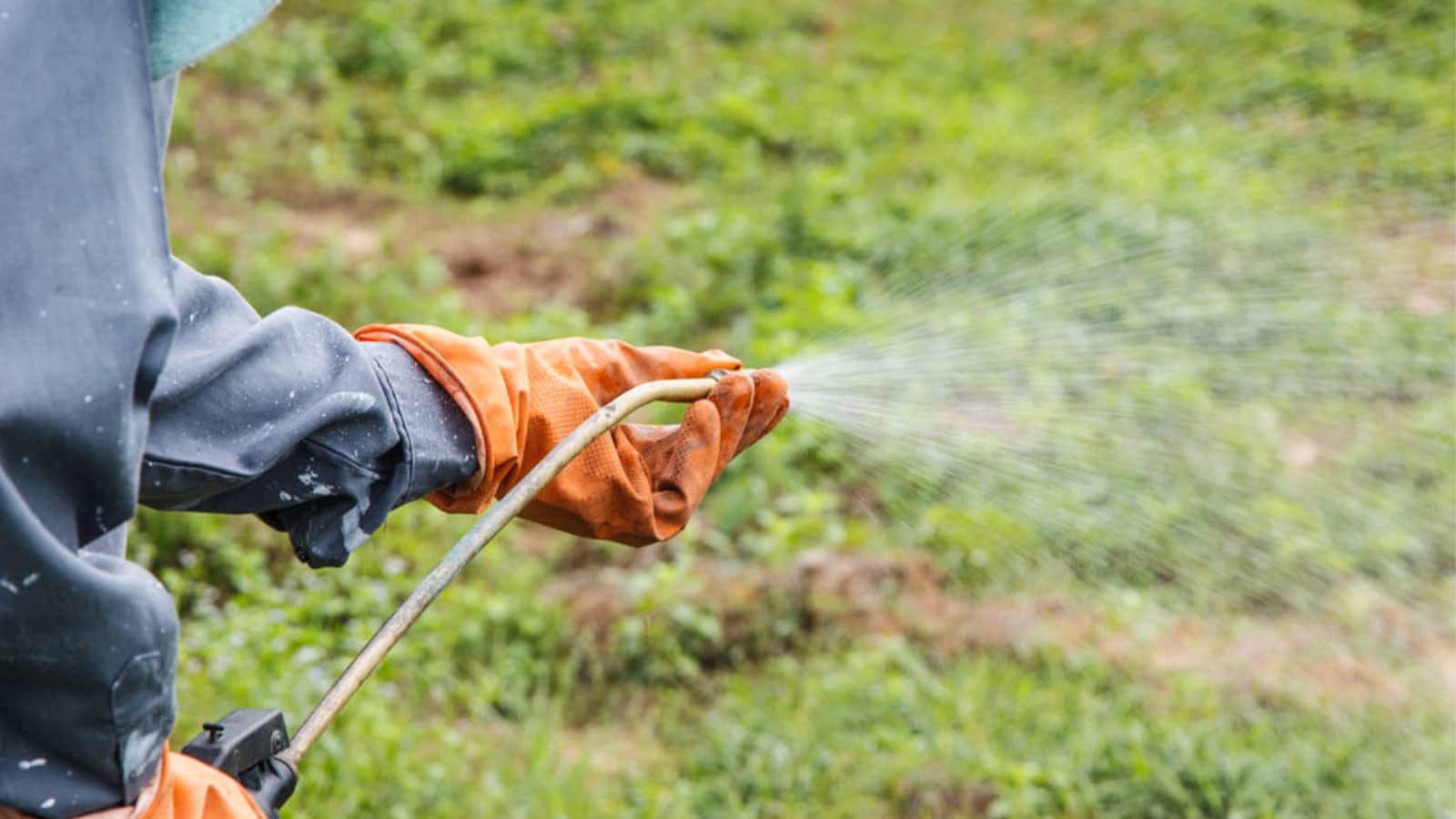
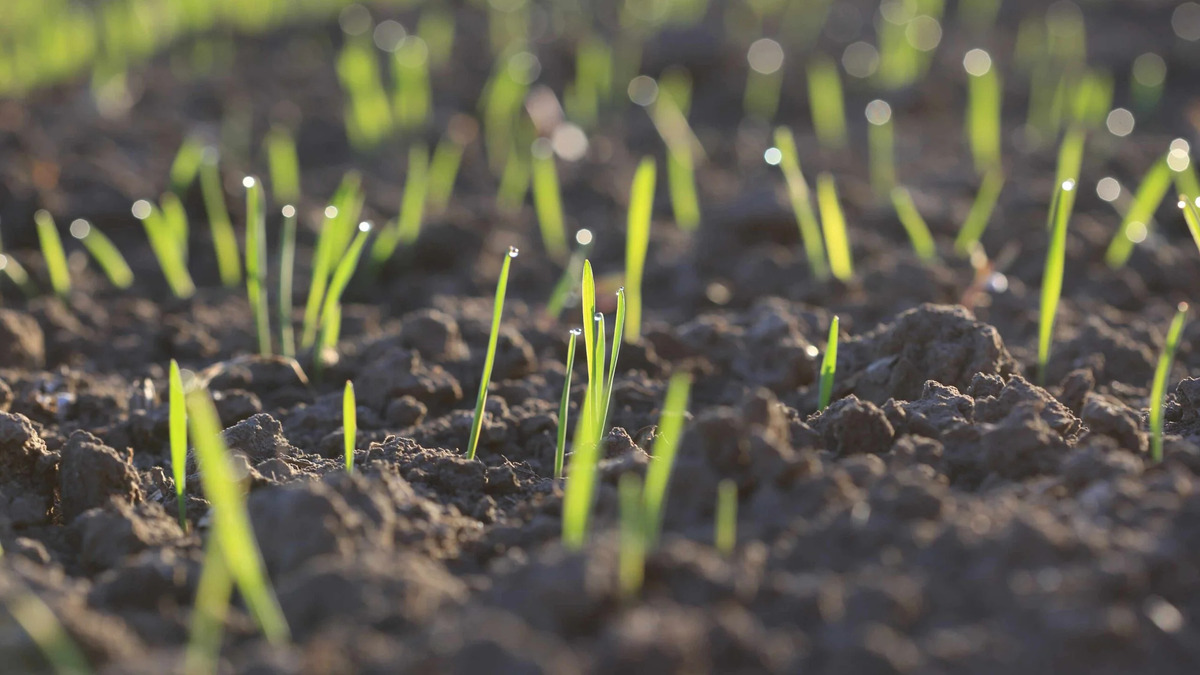

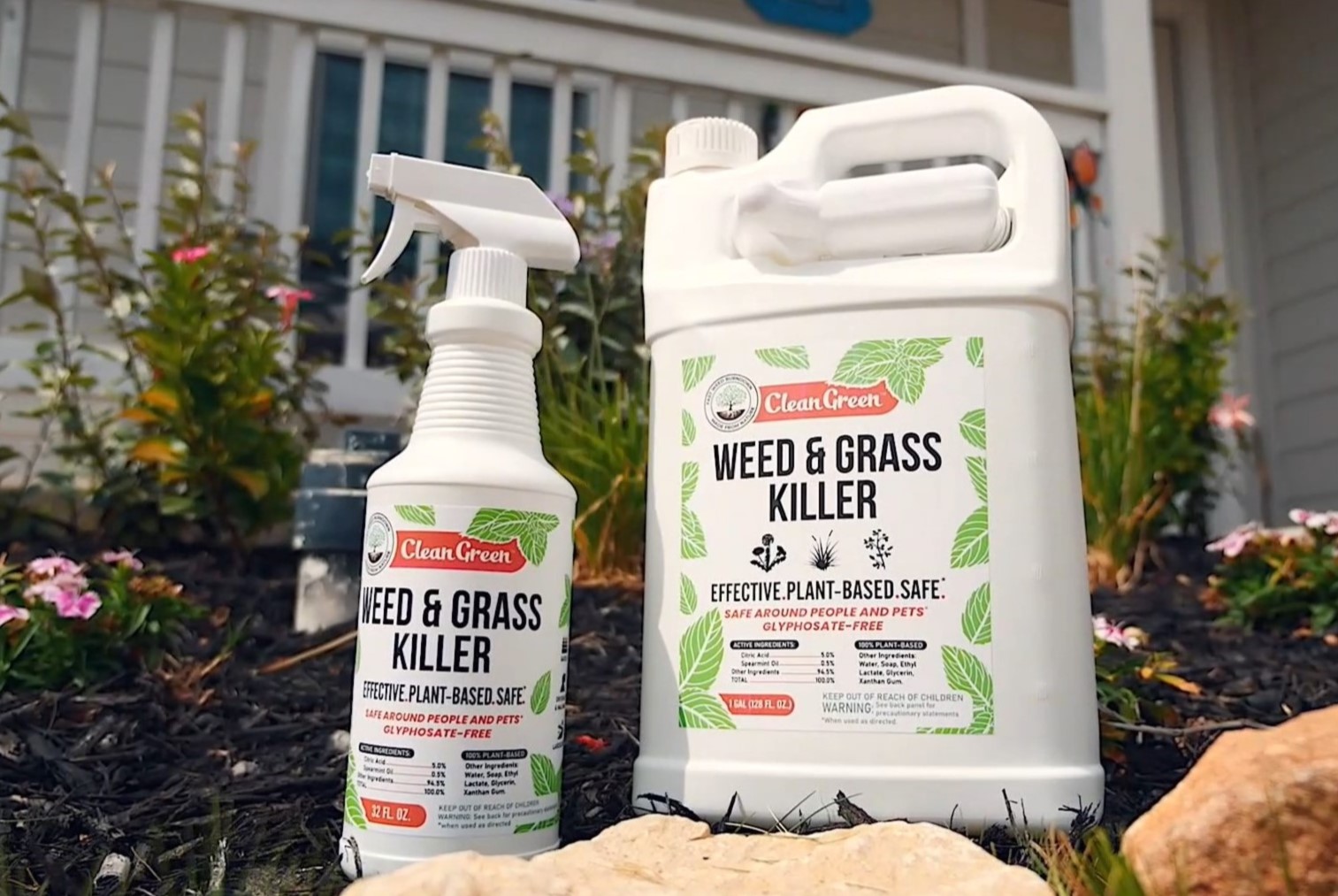
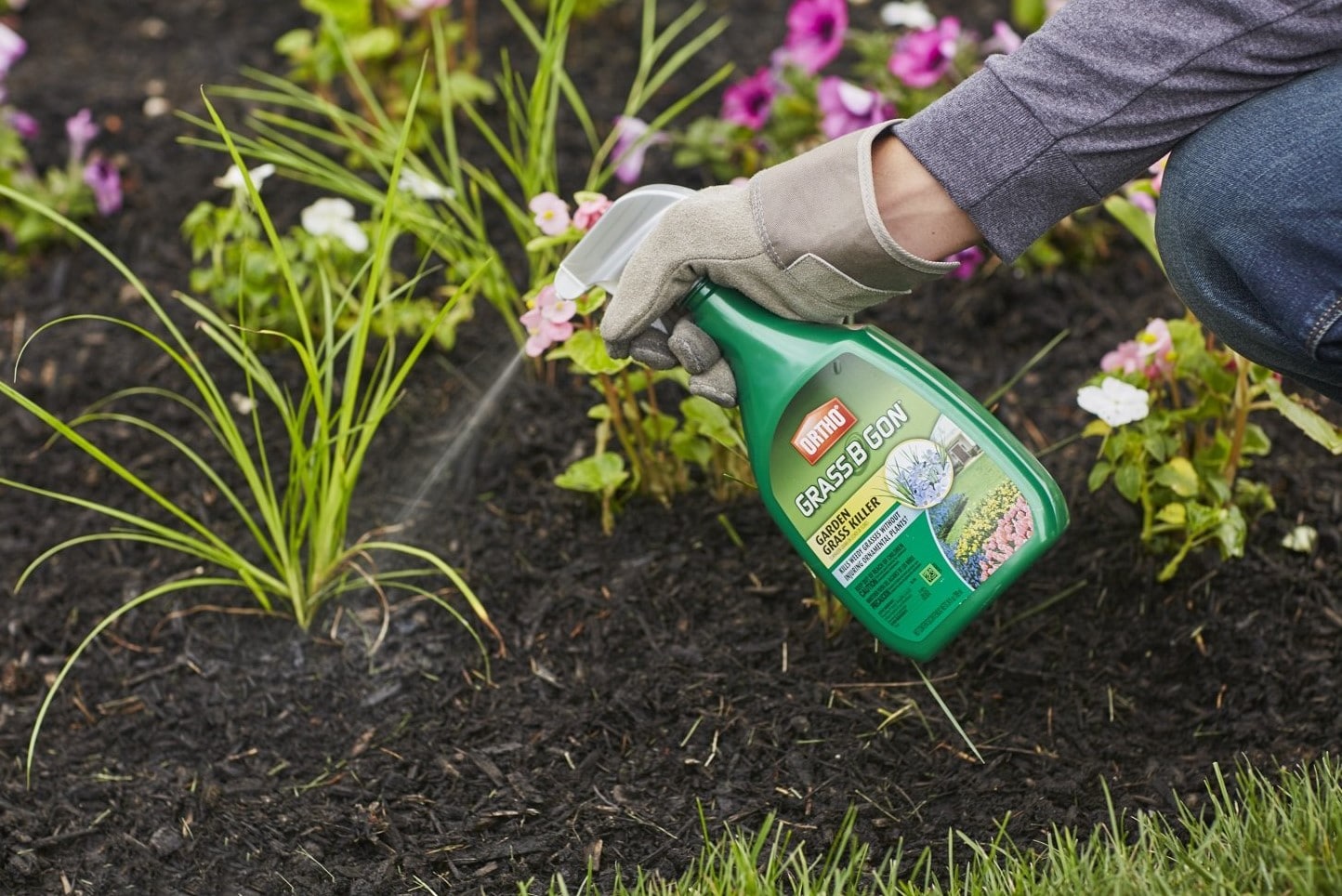
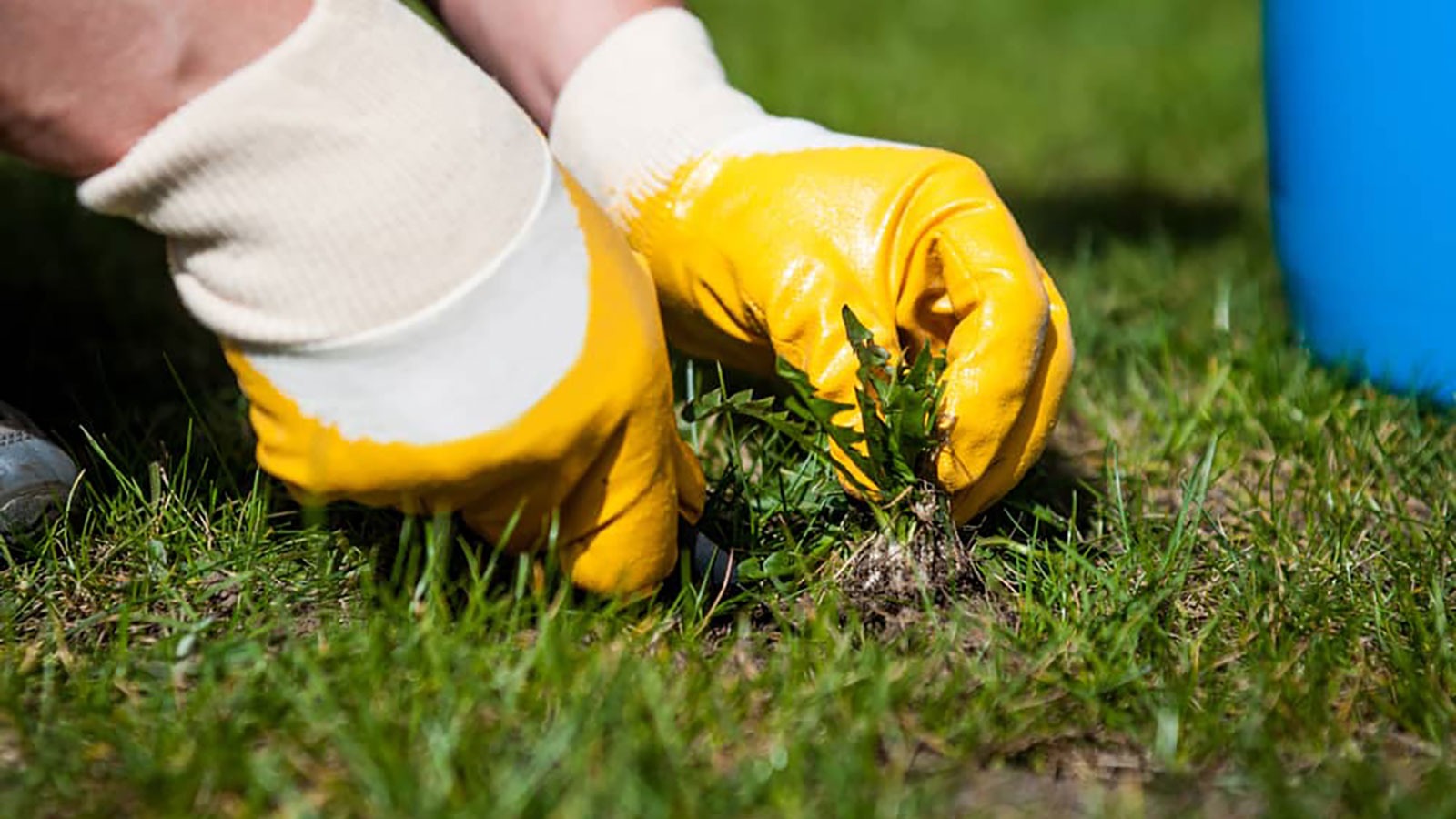
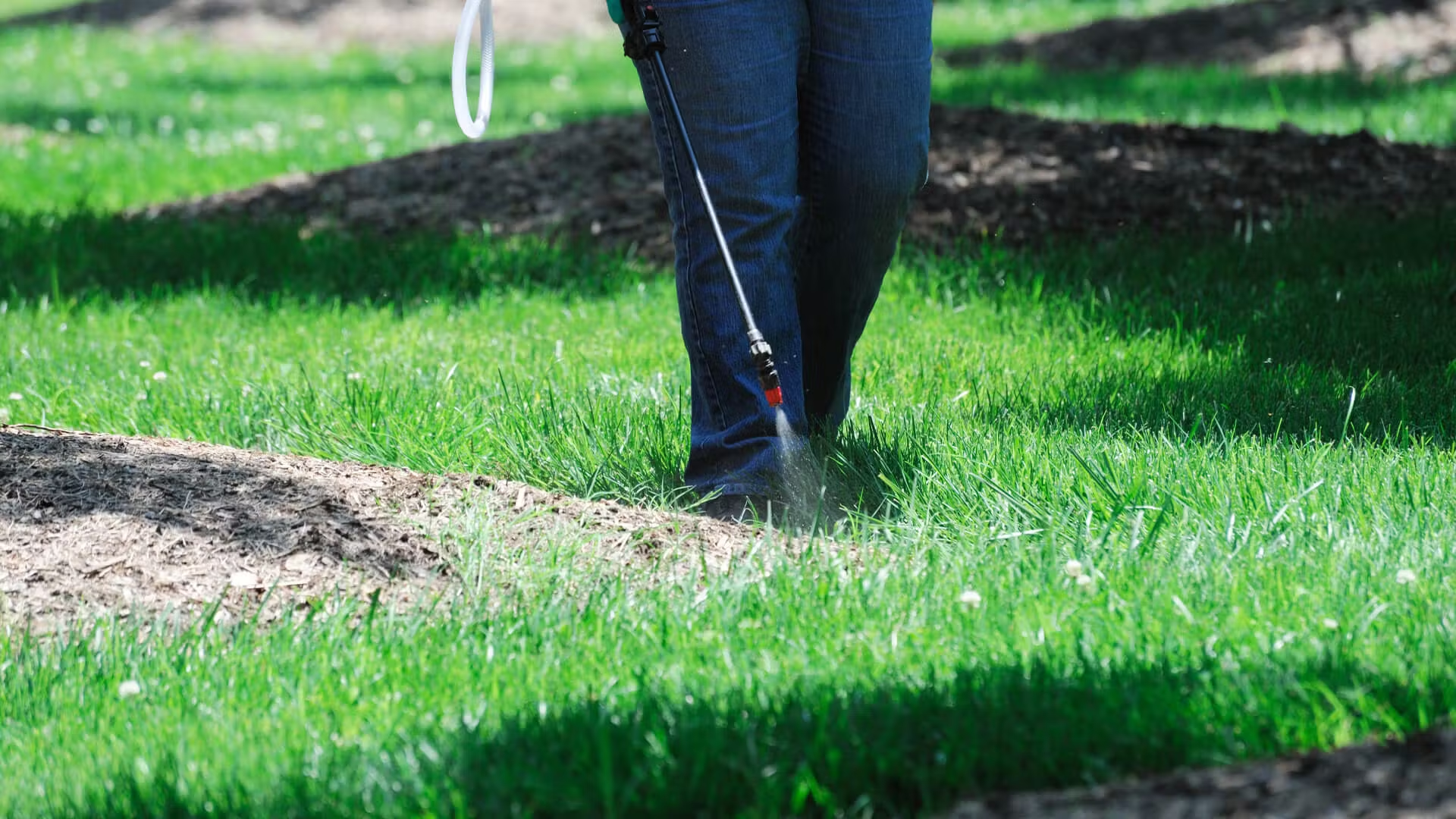
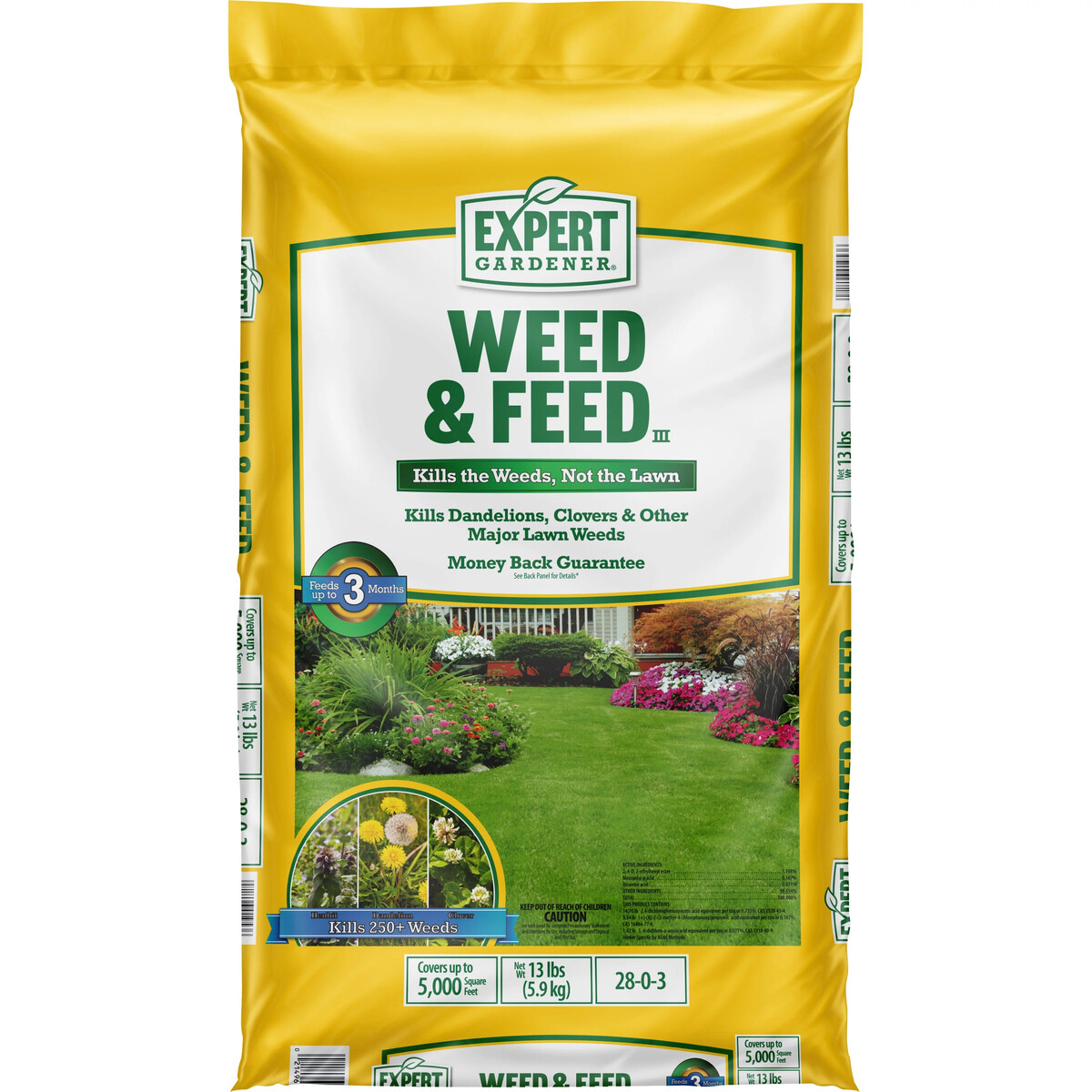

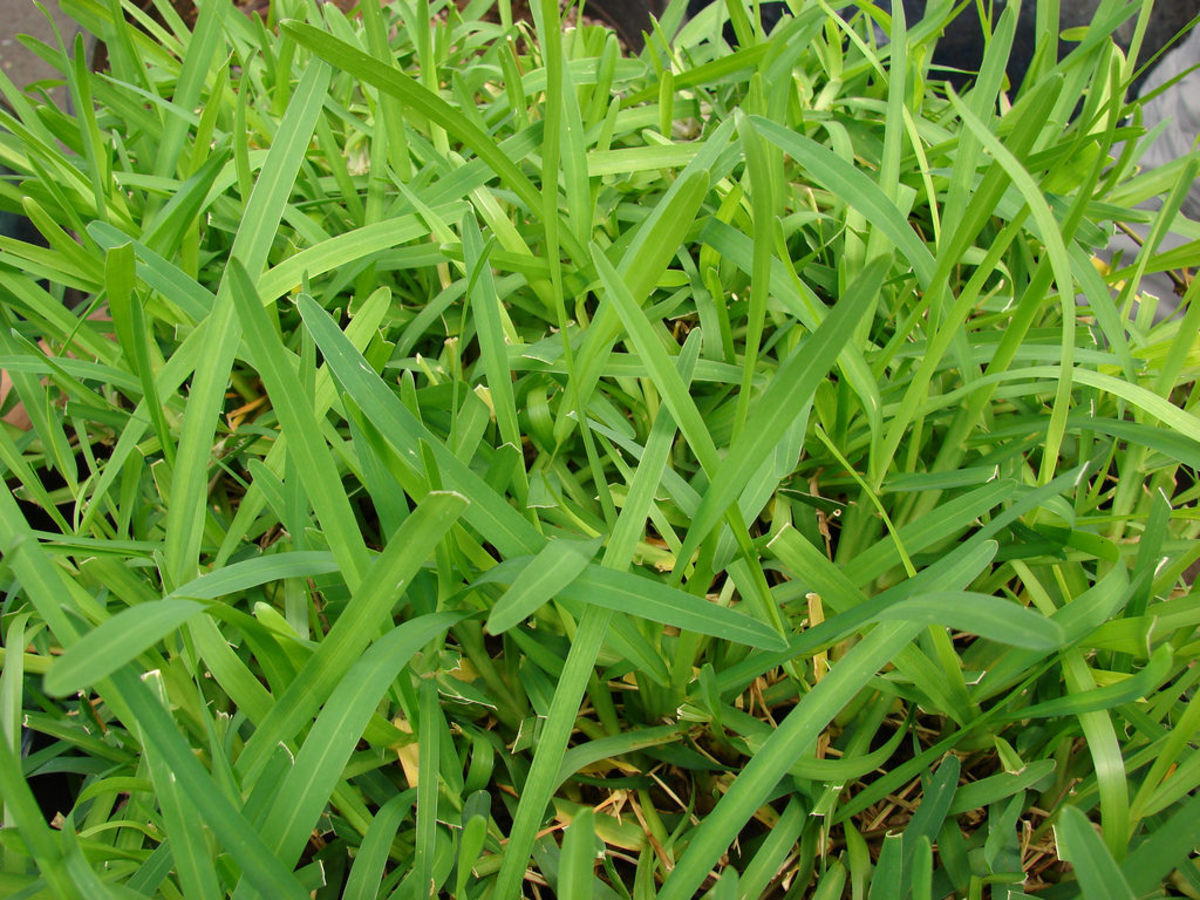
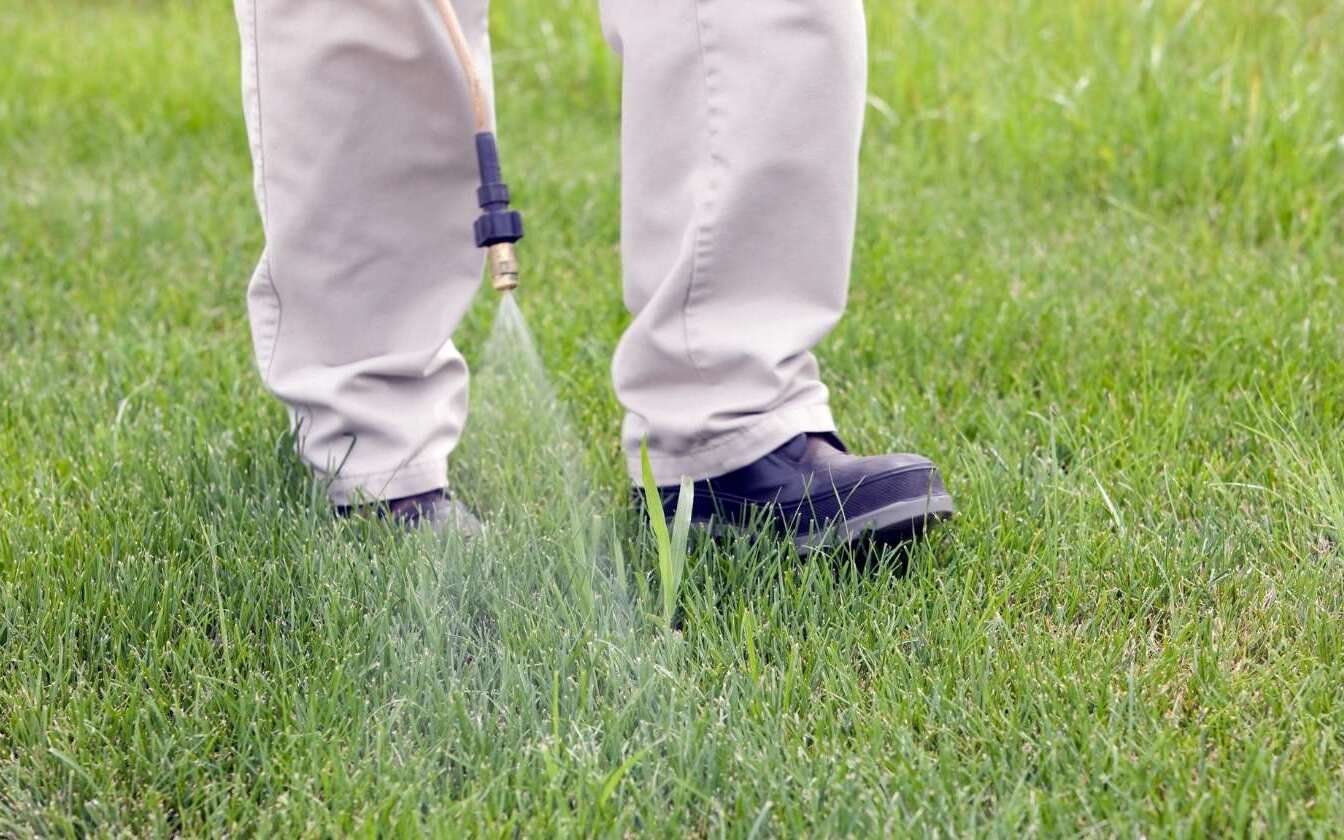

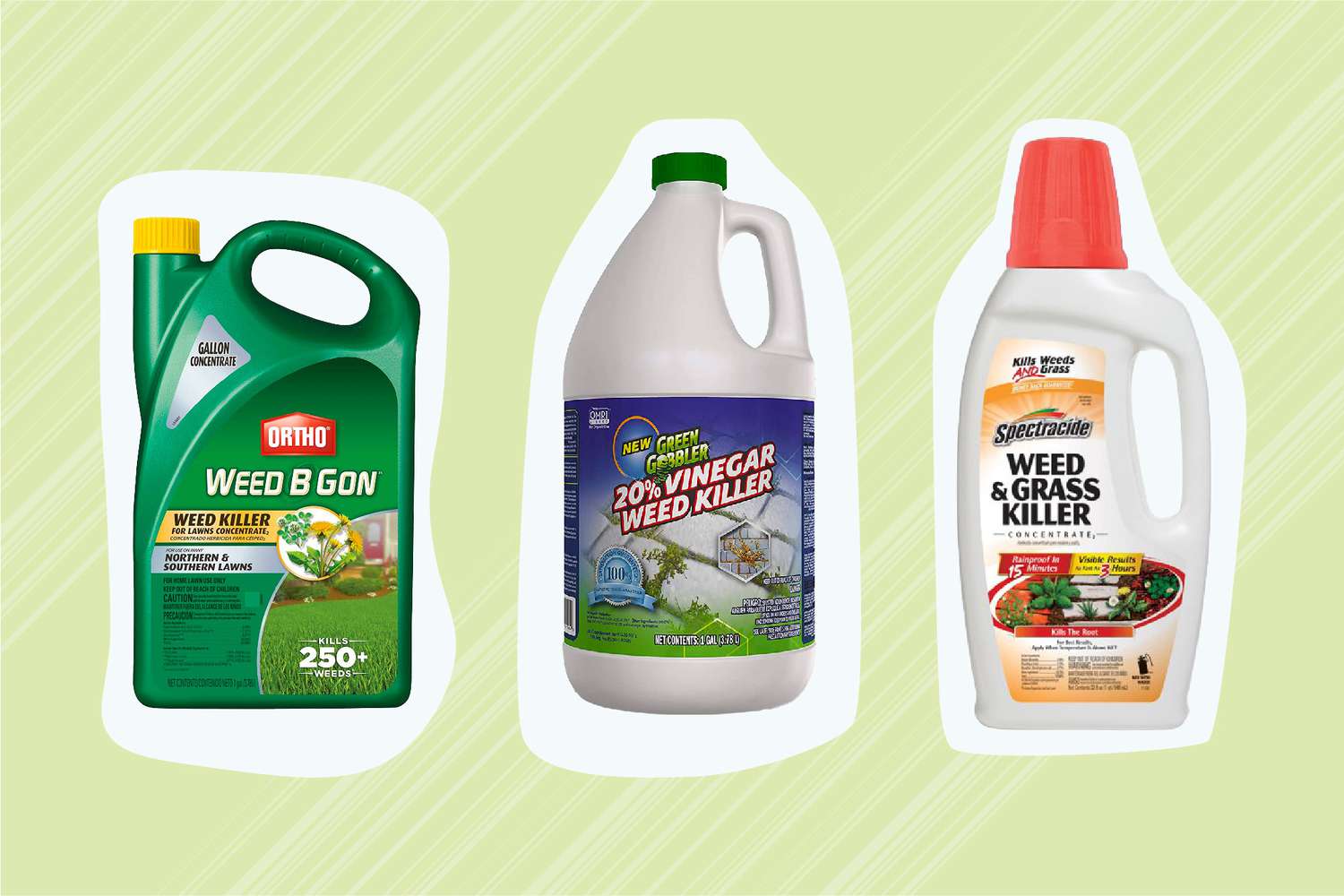
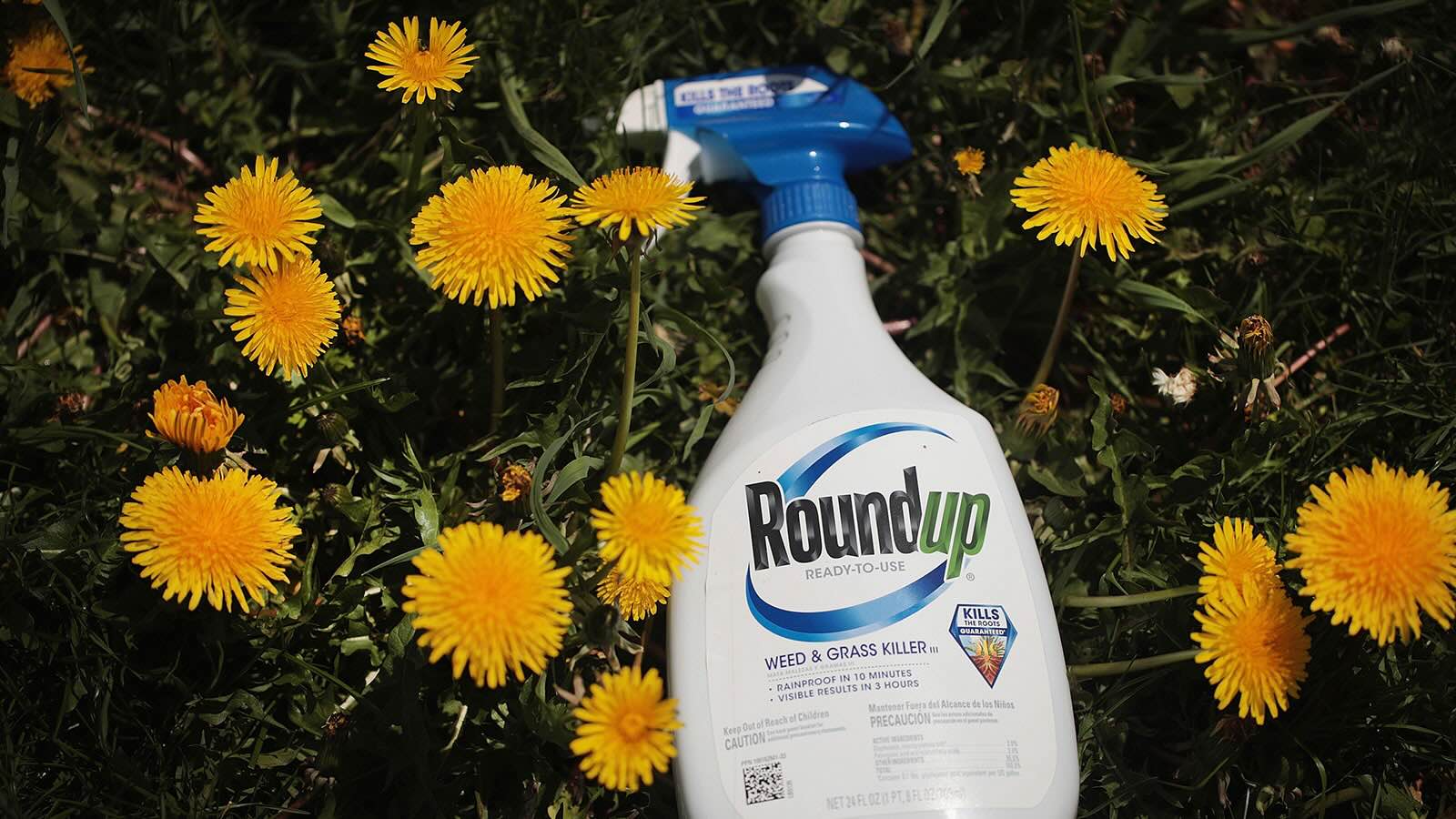
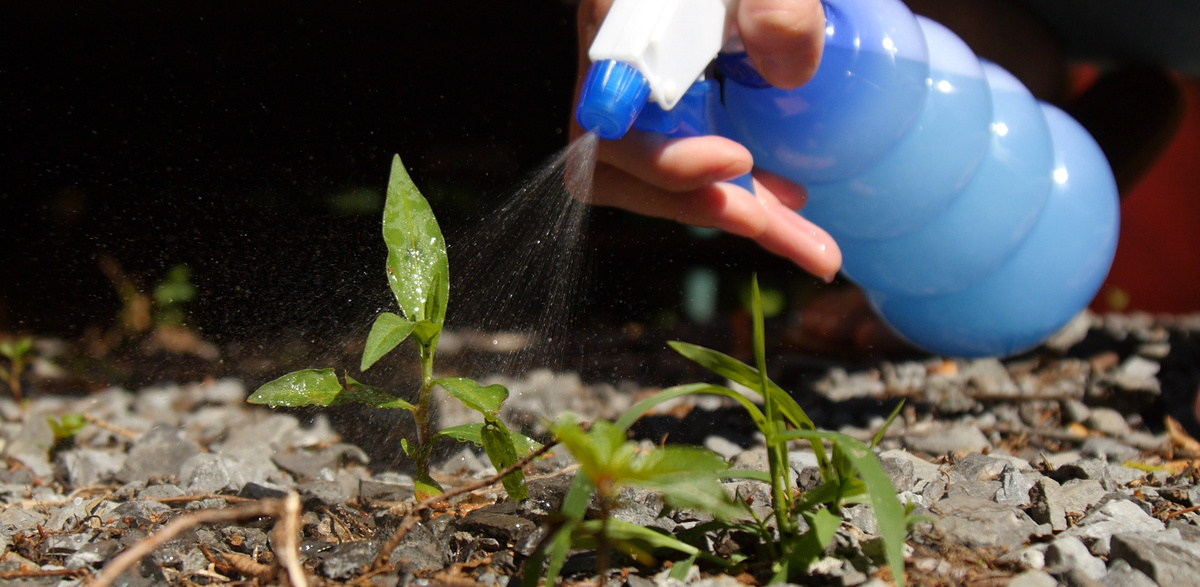

0 thoughts on “When To Use Weed Killer On New Grass”